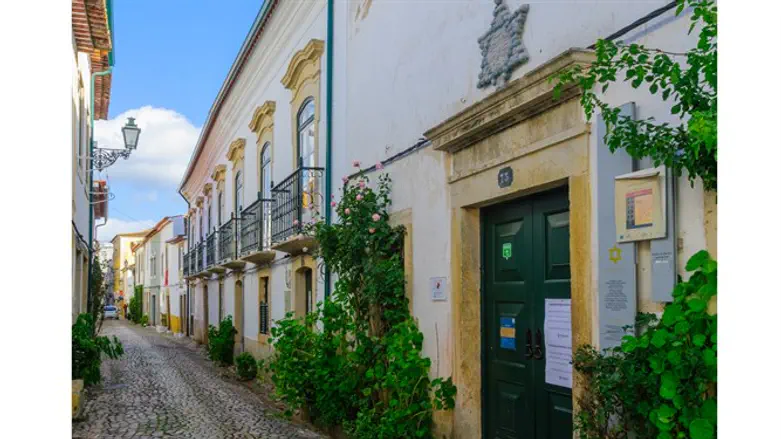
Even though the Lord requires no building or special place in the universe that He created, the Jewish people are commanded in this past week's reading of the Torah to donate special materials and talented labor to begin the construction of such a building, where the spirit of the Lord, so to speak, will reign. There have been many ideas advanced over the ages as to why such a building was ever necessary for a God that prohibits idolatry and is purely a spiritual entity. But this is not the subject of my few words for this past Sabbath.
It is rather the fact that wherever the Jews have found themselves, in every far-flung corner of this world, they have always constructed houses of worship and of learning upon which to base their communal life and societal survival. Most of these buildings – those that remain and have not been destroyed by time, changing demographics or wanton evil perpetrated by humans – are no longer serviceable as synagogues, for the Jewish communities that once populated them. So, these buildings have become at best museums and in many, if not most cases, buildings now used for purposes other than Jewish worship services.
Nevertheless, these buildings even if abandoned or not used for their original purpose, stand as mute testimony to the loyalty of the Jewish people and their perseverance in the face of terrible odds and hostile societies. Many of these buildings are now visited by Jewish tourists and some of them are even official national landmarks protected by the governments of those countries. But they all stand as testimony to the one-time presence of a vibrant Jewish community that was determined to continue to worship God in its own way and according to its millennia old tradition. The building became the representative of Jewish continuity and survival.
One of the great tragedies of current Jewish life is that so many Jews have abandoned the synagogue and its worship service. Statistics in the United States for instance show that the highest proportion of any religious group in that country that does not attend worship services regularly are the Jews. What has resulted is the disintegration of the Jewish community in that country.
Synagogues may be merely buildings constructed of bricks, cement, steel or wood. Buildings alone certainly do not guarantee any sort of Jewish future. Wherever these synagogue buildings existed, the Jewish community was able to bring forth generations and remain vital and productive.
It is as though the Torah in this past week's reading senses this truth and commands that such buildings be built, from Jewish funds, talent and effort. The blueprint for a synagogue building is a very ancient one and it also details what a synagogue should look like and for what purpose it is to be built and attended. The synagogues and their buildings that exist throughout the world are the signposts of Jewish existence and the eternal witness to the spirituality of its people.
